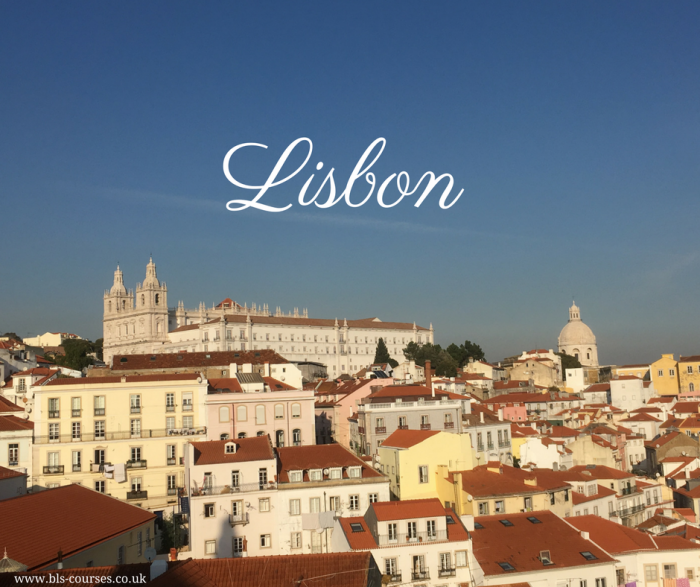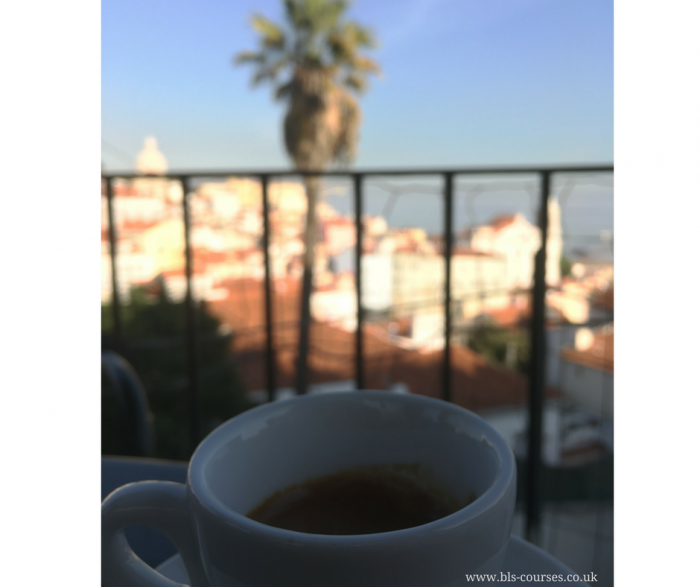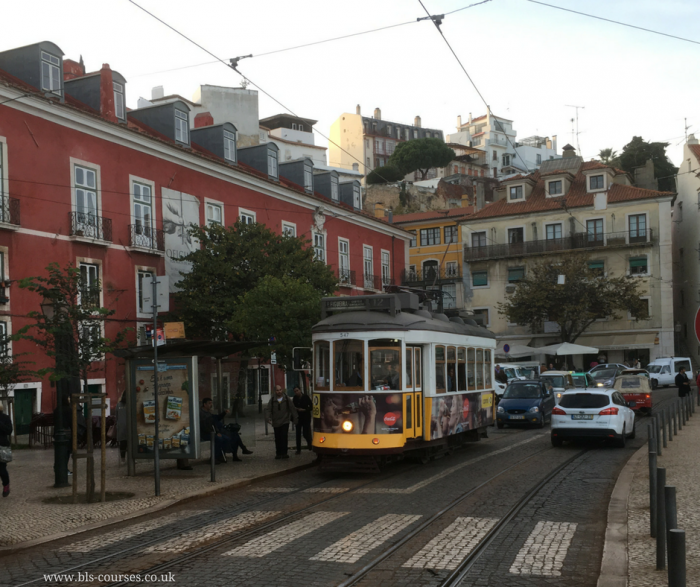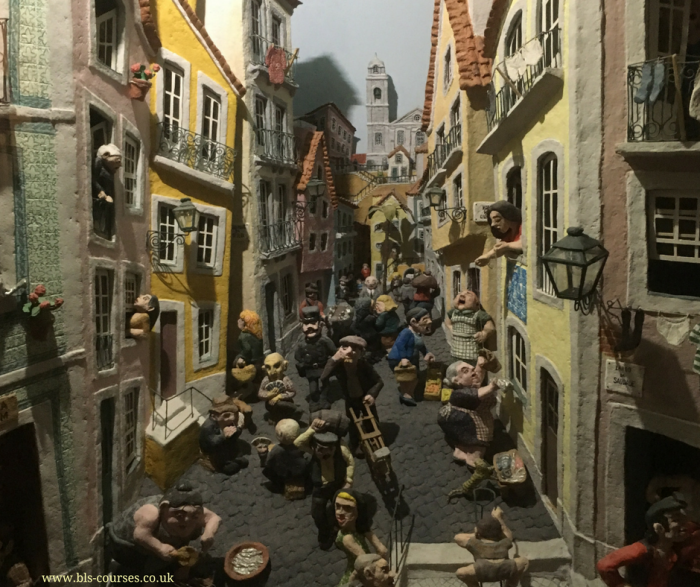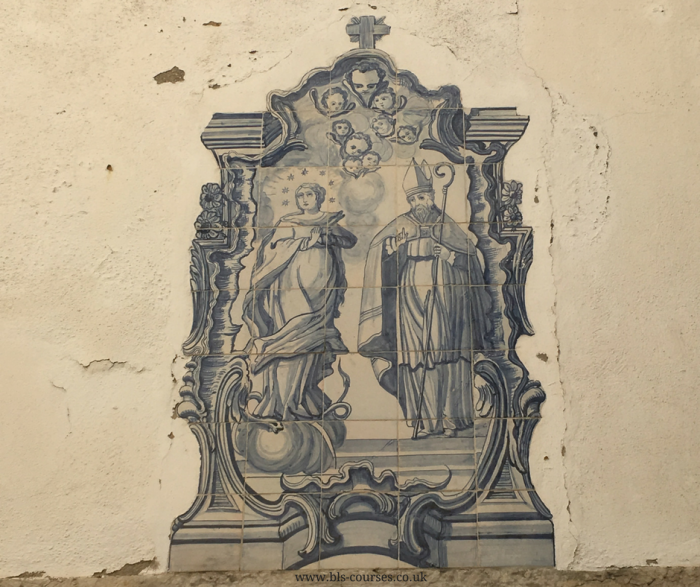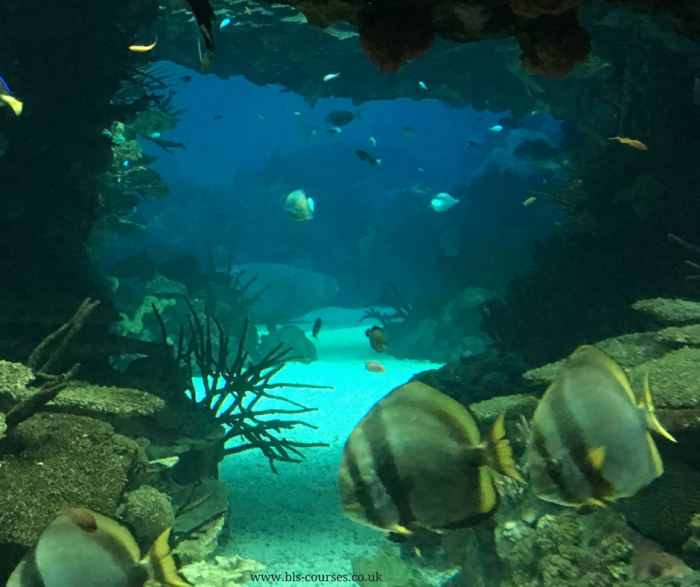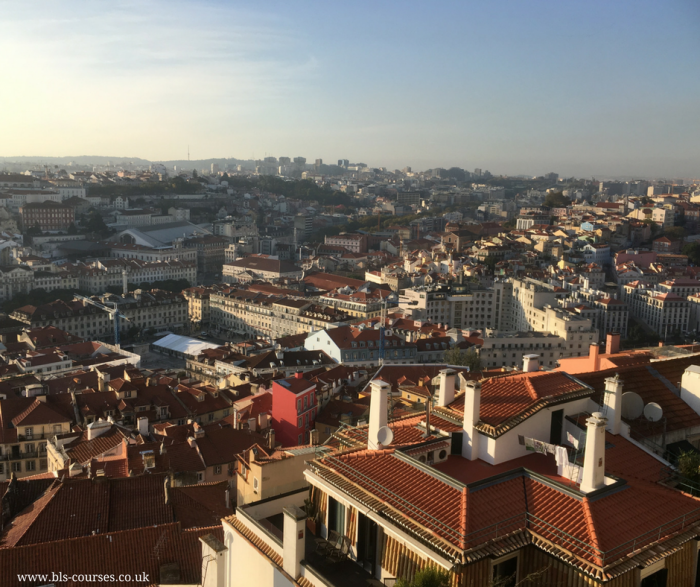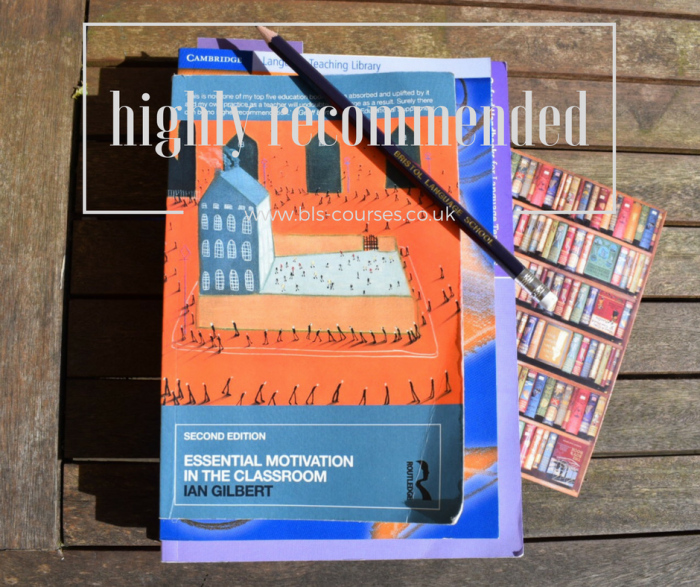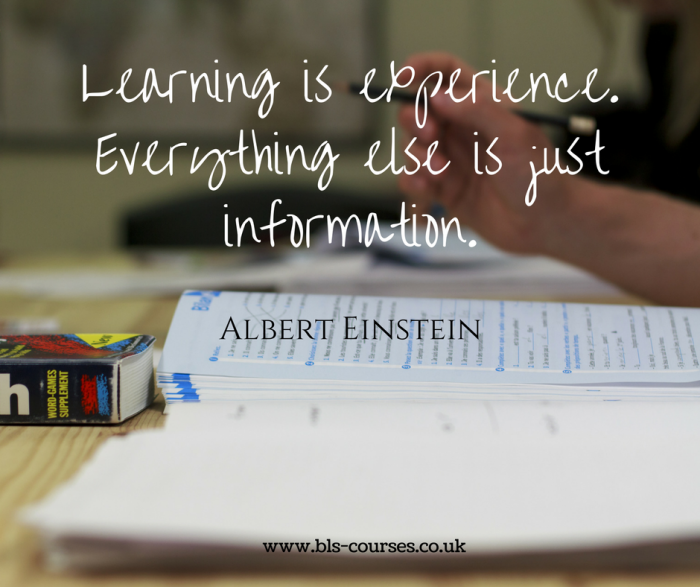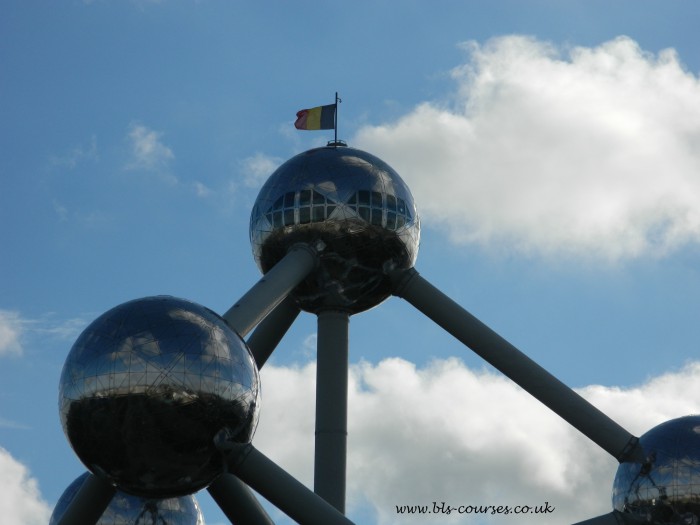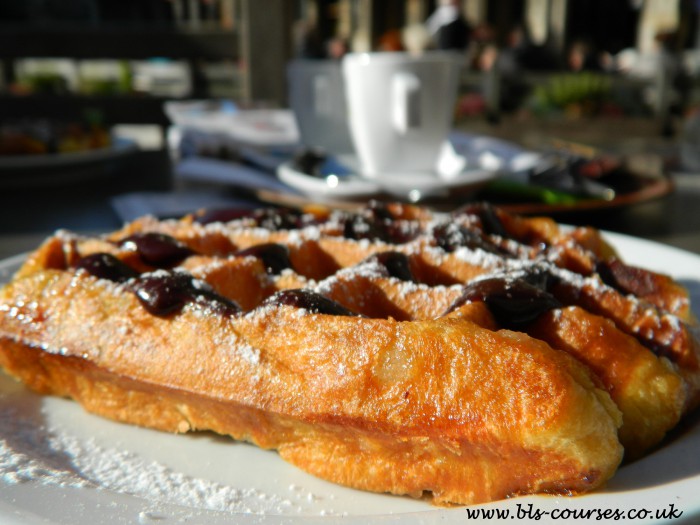What was my weekend in Lisbon like? Warm, sunny and intense! Keep reading to find out how I spent my time in the Portuguese capital.
Thursday
I arrived in the afternoon and was welcomed by warmth and sunshine. What a treat! I took a tube to my place in Alfama: the old, beautiful, quite hilly (!) district of Lisbon, and the only area that wasn’t affected by the Great Lisbon Earthquake of 1755. The apartment I stayed in was on the third floor and had a magical view on the river Tagus and houses covered in azulejos (traditional ceramic tiles). After freshening up, I went to see the surrounding area and to find the best way to get to the tram stop, local shops and museums. But first, coffee! I adore Portuguese coffee and its variety: bica, carioca, galão… so I went to the nearby Portas do Sol (Sun’s doors) to admire the view and relax to the live music. Feeling relaxed and in a very good mood, I did some shopping in the local grocery stores and decided to go back to the apartment to do some cooking, eating, reading and sleeping.
Friday
Early wake up, as I’m heading to the beach. Yes, just 40 minutes from Lisbon you can have a very pleasant stroll on a beach or even go for a swim. I first took the famous tram no 28 and went to Graça where I did some shopping, had a very tasty pastel de nata (Portuguese custard tartlet) and a cup of meia de leite coffee. Feeling ready for the day’s adventures, I walked to the nearest tube stop to reach the Cais do Sodré train station. From there I took a train to the seaside town of Estoril. It was amazing to be able to walk bare-foot on the beach and observe the repetitions of the waves. I sat on the beach to have some quiet time and read. I then went on the promenade linking Estoril with Cascais. It started raining in Cascais so I decided to go back to Lisbon and visit the Museu do Fado (Portuguese melancholic song). This is a real treat for fado lovers, as the museum has a large collection of videos, concert and audio recordings. Feeling inspired, I went wondering around Alfama, the birthplace of fado, to admire the local architecture and listen to the singing coming from many of the tiny restaurants and bars there.
Saturday
Another early start, as today I want to visit the oceanarium: Oceanário de Lisboa. From my apartment I travel the steep path down to Santa Apolónia tube station and within half an hour I’m at the aquarium (the largest in Europe, by the way!). The visit is amazing, everything is so well-organised and the oceanarium has an impressive collection of different species of sea creatures. I give myself time to embrace this magical place and after observing the fish slowly swimming around, I feel peaceful and calm. The weather is warm and sunny, so I decided to walk back to Alfama which turned out to be quite an ambitious walk, as it took me more than one hour and a half to walk the whole distance! I had a quick lunch in Alfama and decided to climb up to see the cathedral, Sé de Lisboa, and to go even higher to the castle, Castelo de São Jorge to see the spectacular views of the capital and yes, it was worth all the effort! I spent long time just sitting and watching the sun setting, people talking & walking. Beautiful.
Sunday
It’s time to say farewell Lisbon and go home… Till next time.
Written by Kinga Macalla
